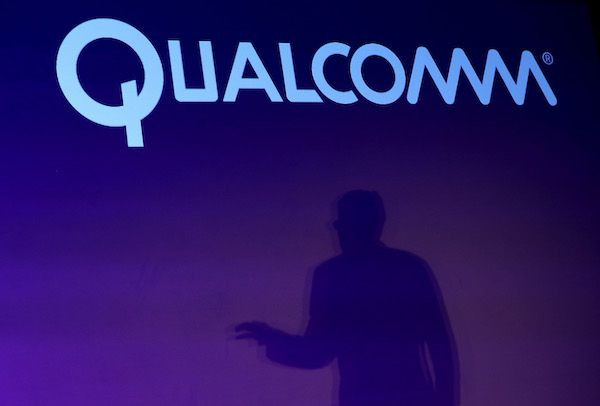Qualcomm, MediaTek Upgrading SoCs To Maintain Sales Momentum Next Year

The year 2019 will usher in an era of more advanced wireless communication, so Qualcomm and MediaTek are preparing next-generation System-on-Chips (SoCs) that can keep up with 5G networks and new technologies.
Industry sources told Digitimes on Thursday that the American semiconductor and telecommunications equipment company and the Taiwanese fabless semiconductor firm are moving to fabricate SoCs with advanced process nodes in hopes of maintaining their sales momentum next year.
The move is also expected to help both Qualcomm and MediaTek make it through the period of uncertain smartphone replacement demand prior the arrival of the 5G era. The smartphone market is currently suffering because sales are slowing down as a result of lower demand and fewer replacement purchases.
Qualcomm and MediaTek are reportedly utilizing different strategies in upgrading their SoCs. Qualcomm is following a comprehensive upgrade program that focuses on adding AI functionalities into its new chips. On the other hand, MediaTek is targeting the high-end smartphone market with its upgraded Helio P- and Helio A-series application processors.
When Qualcomm launches its new Snapdragon 800, 700, 600 and 400 chips, consumers can expect more powerful SoCs that are compatible with the advanced features of upcoming 2019 smartphone models.
For high-end handsets, Qualcomm is preparing its next-generation solution built with 7nm process at Taiwan Semiconductor Manufacturing Company (TSMC). For entry-level and mid-range phones, Qualcomm is releasing SoCs built with 11nm process at Samsung Electronics.
As for MediaTek, it is preparing processors that have AI-based functionalities infused with its in-house developed tri-cluster and heterogenous computing technologies. The Taiwanese company is expected to debut its Helio M70 5G modem chips built with 7nm process at TSMC in the first quarter of 2019.
MediaTek previously revealed that it’s building mobile chip solutions with AI functionalities, high performance capabilities, lower power consumption and more reasonable pricing/performance ratios for next year. This way it could help its clients upgrade to higher market segments.
© Copyright IBTimes 2024. All rights reserved.




















